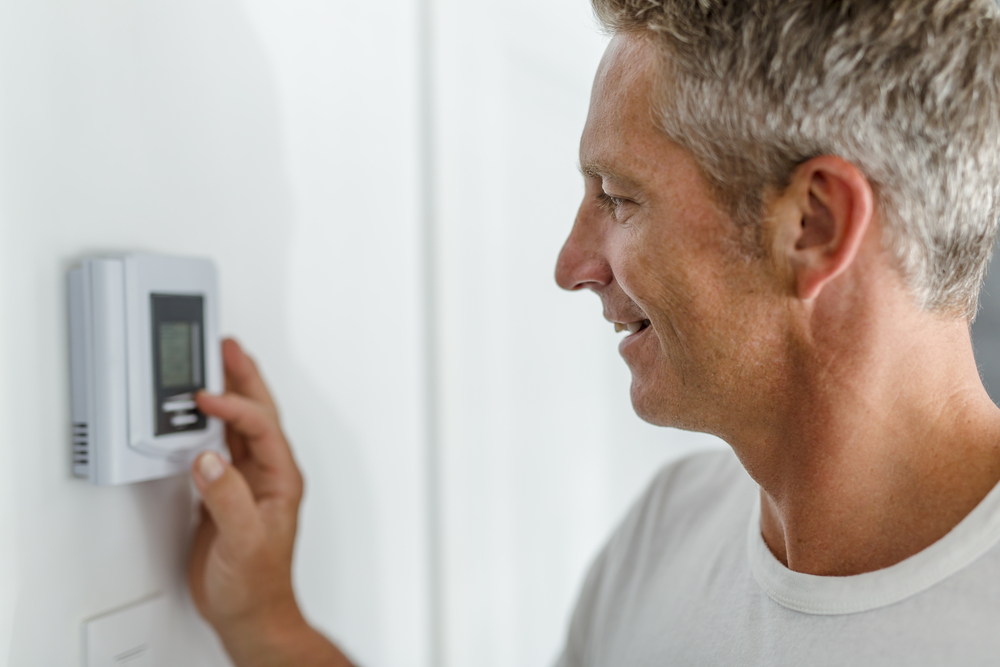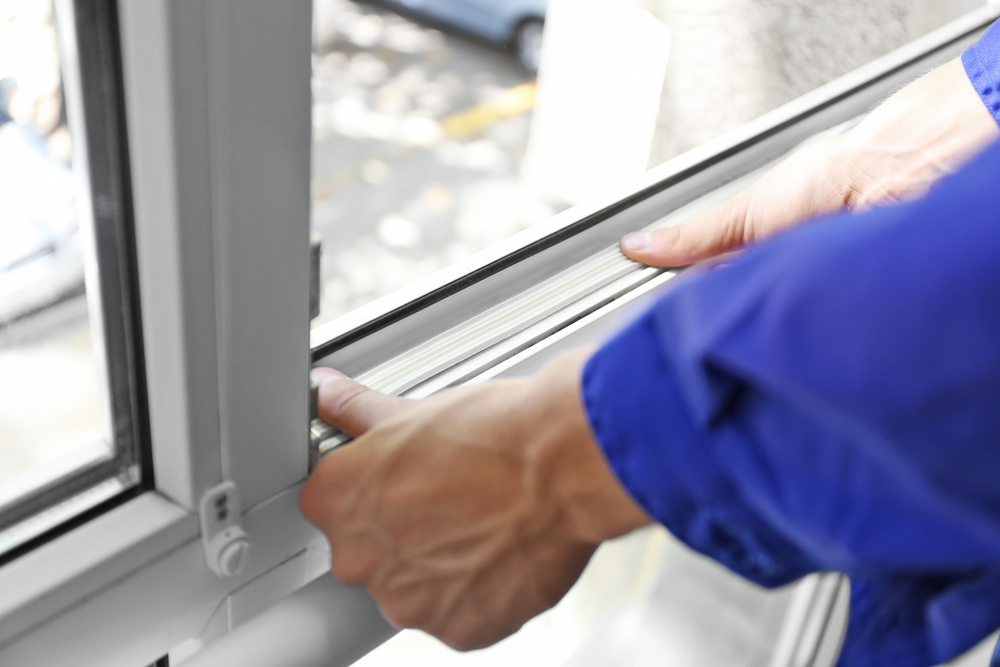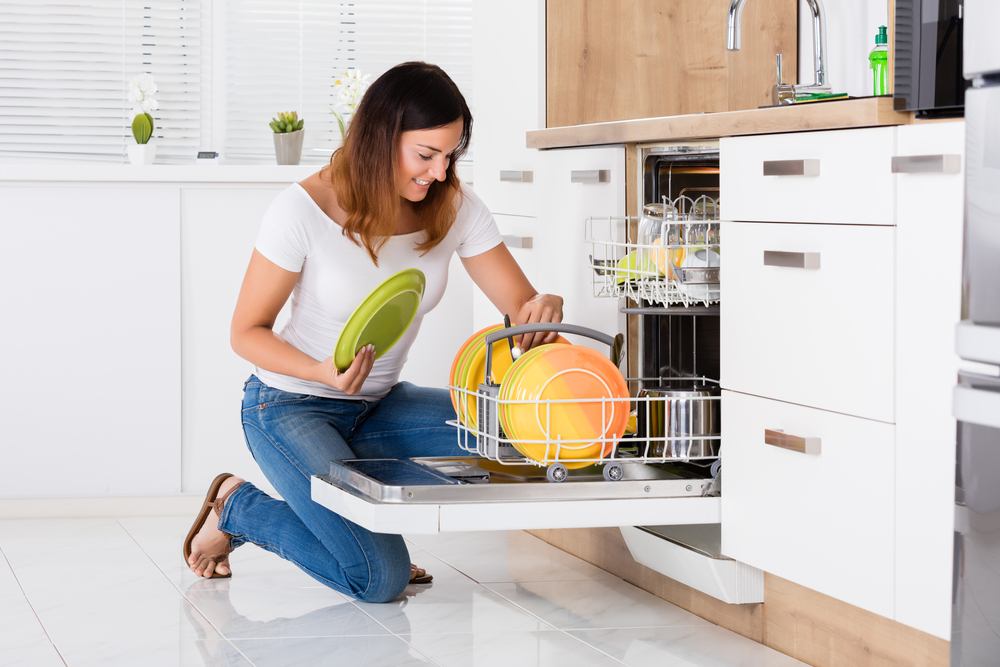How to Make a Home Energy Efficient
Energy costs can take a massive toll on the monthly budget. For those who have been furloughed, fired or laid off during the crisis, every dollar saved on utility expenses can be allocated elsewhere to help make less go further. Saving money on water, electricity and gas is easier than you might think.
Want to know how to make your home energy efficient? Conducting a home energy audit allows you to spot energy waste to lower your energy use and, hopefully, save money on your utility bills.
You can download Benefyd to map out your home for a virtual home energy audit; Benefyd will prompt you to take a photo (or ‘home selfie!) of each room, and the app will show you ways to make each space more energy efficient. You can also conduct your own home energy audit by checking outlets, pipes and other possible sources of energy drains. Need an easy checklist for your audit?
Here are a few suggestions for improving the energy usage in every room of your home.
Making your Living Room Energy Efficient
For many homeowners, the living room is where you spend much of our time together as a family. This is the room where the thermostat may be located, too! Consider the living room to be the energy gathering place, because this room lets you make a lot of small adjustments that can affect your energy output…and your budget bottom line.

Check your thermostat
Adjusting the temperature up or down a few degrees (up during summer, down during winter) can make a dent in your energy usage and your utility bills. How low should you go? The Department of Energy recommends 68 degrees (Fahrenheit) during those cooler months, but nudge the thermostat up to 78 degrees during the warmer summer months.
Use your ceiling fans!
Does your living room have a ceiling fan? Use it. Ceiling fans circulate the air to efficiently cool or heat spaces. The fan should move counterclockwise during winter and clockwise during the summer.
Change your fan’s directional movement when you change your clocks—the beginning of Daylight Savings and the end of Daylight Savings! The beginning of Daylight Savings Time usually marks warmer weather, while the end of daylight savings ushers in the cooler temperatures. Prepare for weather (and time!) adjustments by adjusting your fans.
Making your Bedroom Energy Efficient
You spend eight hours or more cozying up under the covers of your bed. The temperature of your room can make or break a good night’s sleep. So can the noise level. No one wants to hear cars zooming by or planes overhead. The neighbor’s dog barking? You don’t want to hear it!
These noises are not the sweet sounds of your dreams, they are, unfortunately, the soundtrack for insomnia. Put a muzzle on the bark, keep the temperature pleasantly crisp and insulate the sound of those jets overhead with these slumberland energy saving tips:

Swap out your windows
Green Home Guide notes that windows may be a source of energy leakage and may need to be replaced with more efficient options. If windows in your home leak around the edges or if their construction is subpar, warm or cool air will escape. No one wants to cool or heat the outdoors! Replace old windows with better options to seal out the elements.
Use window films
Maybe your windows are fine but you just want additional insulation to lock in warm or cool air. Use window film to provide more insulation to your windows and help reduce your energy costs. These films are a less expensive option to replace all the windows, too. However, if your windows are old or have other issues, then replacing them may be the only (and best!) option.
Install adequate insulation
Does your home have a room that feels really hot during summer or really cold during winter? Is that room perhaps your bedroom? Maybe this describes multiple rooms in your home. Insulation—or lack thereof—may be the problem. Ensure your walls are properly insulated so that your HVAC isn’t working overtime!
Fans, fans, fans!
Some people absolutely cannot sleep without white noise, and a fan may be a great quiet noise option to lull you to sleep. Again, though, ceiling fans also allow better circulation throughout the room. This helps your bedroom maintain a more ideal temperature. Remember to adjust the fan’s direction when you adjust the clocks!
Making your Kitchen Energy Efficient
You might not cook, but you definitely use the kitchen in some capacity. Or maybe you’re a master chef. The kitchen is another household gathering place; it’s where we eat, where we store our food. Where we brew our coffee so we can conquer the day. Your kitchen may be zapping your home’s energy, though. Here’s what you can change:
Choose Energy Star appliances
Hunting for a new appliance? Look for options bearing the Energy Star logo. These appliances are equipped with energy-efficient features to save you money and lower your energy use. Some features can be extremely tech-centric, like touch screens that show you all the contents of your fridge—so you don’t even have to open the door! When you open up the refrigerator door, cool air escapes and more energy is needed to replace it. This is why so many parents lecture kids about standing aimlessly in front of the refrigerator while hunting for snacks.

Don’t run your dishwasher half full
Every time you run your dishwasher, you use energy. If you’re running that dishwasher without a full load, you’re wasting energy! Only run your dishwasher when it’s packed with dishes…not too packed, but wait for a full load! If you really need to use your smiley face mug, wash it by hand! You won’t have a smiley face on your own face when you see your electric bill from all those half-full dishwasher cycles!
Making your Bathroom Energy Efficient
You probably spend more time in your bathroom then you may realize. You brush your teeth, take a bath (or a shower) and do all those other personal care rituals. The bathroom is the source of a lot of water use (and waste), too. Every day, we literally flush gallons of water down the toilet! Here’s how to save energy in your bathroom:
Insulate water pipes
Your hot water heater requires either gas or electricity to heat up the water in your home. Water then moves through the pipes into sinks, showers, bathtubs and washing machines. However, when pipes are exposed, heat escapes and more energy is needed to increase the water temperature.
Insulated pipes lock in heat, which saves energy and may lead to a lower gas or electricity bill. Insulating other pipes also keeps pipes from freezing up during winter. Be cautious when installing insulation, as the material cannot be placed too close to a flue (for gas heaters).
Install low-flow faucets and shower heads
One of the easiest ways to save water is to install low flow shower heads and faucets. These energy-saving options help you use less water every time you take a shower, brush your teeth and wash your hands. Save even more water by turning off the faucet while you brush or suds up your hands.
Turn down your water heater
Yes, insulating pipes locks in heat. However, you also can save money by turning down the heat on those pipes. Hot water heaters should be turned down to 120 degrees Fahrenheit for the optimal energy savings. The Mayo Clinic recommends temperatures below 120 degrees for child safety.
Controlling Energy on the Move
Did you leave the iron on!?!? When you’re away on vacation or at work, there have probably been a few times when you’ve completely freaked out about whether or not you left an appliance plugged in. Not only could a hot iron pose the potential for a fire risk, but leaving anything plugged in also wastes electricity. Control the lights, the appliances and all those gadgets remotely and stop wondering or worrying if something is left amiss.
Use IoT to turn off phantom energy sources
We’re all guilty of leaving the lights on or keeping unused devices plugged in. Connecting lights, appliances and other gadgets to smart plugs or smart energy strips allows us to remain in control of energy usage. These smart energy tools are controlled by our phones or other devices. You can quickly turn off the power with a tap of your finger.
If you need to free up money from the budget, make a few lifestyle changes in every room to reduce your energy consumption. Saving energy also may mean a lower gas, electricity or water bill. Even if the savings aren’t significant, every dollar adds up! Conduct a home energy audit today to discover and uncover all those energy drains.


